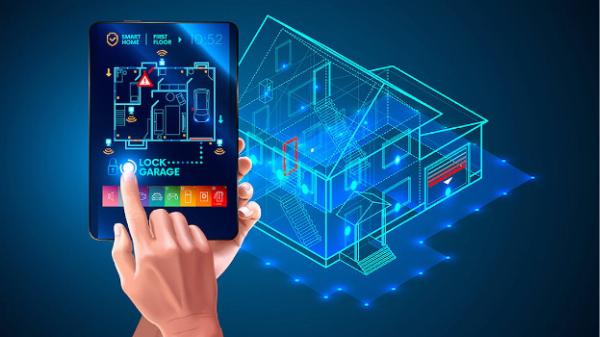How to Control IoT Devices

Strong 8k brings an ultra-HD IPTV experience to your living room and your pocket.
The Internet of Things (IoT) connects everyday devices to the internet, allowing them to send and receive data. This connectivity makes it possible to control these devices remotely. Here’s a guide on how to control IoT devices easily.
What Are IoT Devices?
IoT devices include smart home gadgets like thermostats, lights, security cameras, and appliances that connect to the internet. These devices can be controlled via apps, voice commands, or automated systems.
Setting Up IoT Devices
1. Choose Your Devices
Select the IoT devices you want to use, such as smart lights, thermostats, or security cameras.
2. Connect to Wi-Fi
Ensure your devices are connected to your home Wi-Fi network. Follow the manufacturer’s instructions for connecting each device.
3. Download the App
Most IoT devices have a companion app. Download the app on your smartphone or tablet and follow the setup instructions.
How to Control IoT Devices
Using a Smartphone App
- Open the App: Launch the app linked to your IoT device.
- Select the Device: Choose the device you want to control from the app’s dashboard.
- Adjust Settings: Use the app to turn devices on/off, adjust settings, or schedule operations.
Using Voice Commands
- Set Up a Smart Assistant: Connect your IoT devices to a smart assistant like Amazon Alexa, Google Assistant, or Apple Siri.
- Give Commands: Use voice commands to control your devices, such as “Alexa, turn off the lights” or “Hey Google, set the thermostat to 72 degrees.”
Using Automated Systems
- Create Routines: Set up routines or automations in your device’s app or smart assistant app. For example, schedule your lights to turn on at sunset.
- IFTTT: Use services like IFTTT (If This Then That) to create custom automations between different devices and apps.
Securing Your IoT Devices
1. Change Default Passwords
Always change the default passwords on your IoT devices to something strong and unique.
2. Keep Software Updated
Regularly update the software and firmware of your IoT devices to protect against security vulnerabilities.
3. Use Two-Factor Authentication
Enable two-factor authentication (2FA) on your accounts to add an extra layer of security.
Troubleshooting Common Issues
1. Connectivity Problems
- Check Wi-Fi: Ensure your Wi-Fi network is working properly.
- Restart Devices: Sometimes, restarting the device can fix connectivity issues.
2. Unresponsive Devices
- Check the App: Make sure the app is up to date.
- Power Cycle: Turn the device off and on again to reset it.
3. Slow Performance
Reduce Network Load: Too many devices on the network can slow things down. Disconnect devices you don’t use often.
Upgrade Router: Consider upgrading to a more powerful router if your network is frequently slow.
Conclusion
It's important to have the right setup and tools to control IoT devices effectively. Whether using a smartphone app, voice commands, or automated systems, managing your smart home can be easy and efficient. Remember to secure your devices and troubleshoot any issues promptly to ensure smooth operation. By following these tips, you can enjoy your IoT devices' convenience and smart control.
Note: IndiBlogHub features both user-submitted and editorial content. We do not verify third-party contributions. Read our Disclaimer and Privacy Policyfor details.


